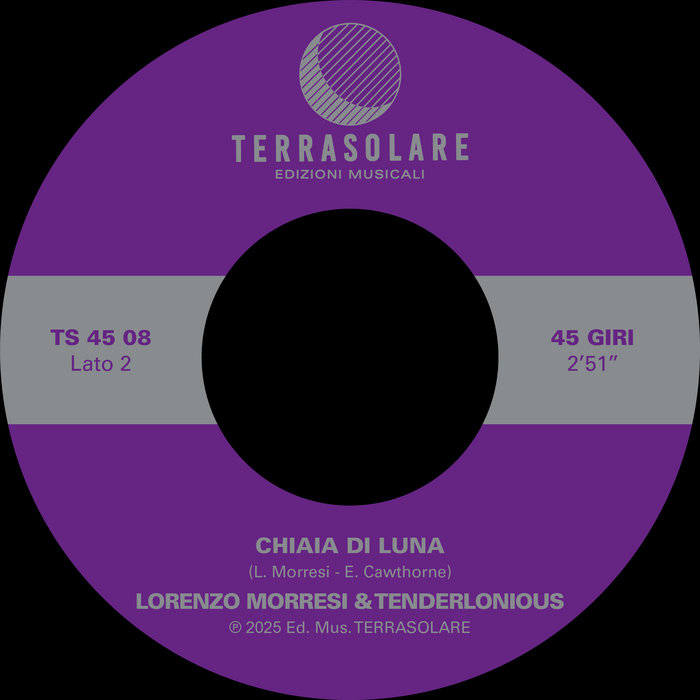
Chiaia di Luna – Lorenzo Morresi & Tenderlonious
this blog is GROOVY – check out great Soul, Funk, Jazz, Hip Hop, Bass, Breaks , Reggae, House n many more TUNES
Hey there, music lovers! Let’s take a funky ride through the colorful world of jazz fusion. Buckle up as we explore its history, iconic musicians, and some hilarious moments that make this genre not just about the notes but also about the vibes!
Jazz fusion is like that awesome smoothie you whip up when you blend every fruit in your fridge—it’s a mix of jazz with rock, funk, R&B, and sometimes even world music. This vibrant concoction first emerged in the late 1960s when musicians started to push boundaries beyond traditional jazz.
Picture this: it’s the late ’60s. Rock ‘n’ roll is exploding on radio waves, and psychedelic sounds are swirling all around. Jazz was doing its own thing too—smooth and cool—as artists like Miles Davis were playing hard bop tunes while sipping fine whiskey. But then came Electric Miles, specifically his groundbreaking album Bitches Brew released in 1970. This album shook things up—it was like adding hot sauce to your grandma’s chicken recipe!
Davis wasn’t alone; guitar gods like John McLaughlin with his band Mahavishnu Orchestra were handily blending virtuosic playing with rock energy; they had fans headbanging harder than at a heavy metal concert!
By now, everyone was saying goodbye to conventional rhythms and hello to complex time signatures! A classic expression at these gigs often turned out to be “Is that jazz? Is that rock?” And guess what? It didn’t matter!
When we talk about instruments in jazz fusion, think electric guitars slicing through melodies or synthesizers washing over harmonies like waves on a beach.
Keyboards: You can’t mention fusion without spotlighting those crazy keyboard solos courtesy of legends like Herbie Hancock (who once played so hard he set off fire alarms!)
Bass Guitars: Let’s give it up for bassists who have fingers faster than light—like Stanley Clarke whose slap technique could probably start an earthquake if he wanted!
Drums: And we’ve got drummers sailing effortlessly through polyrhythms—think Billy Cobham busting out grooves while making them look as easy as eating cereal.
Now let’s sprinkle some fun into this jazzy stew! Here are some quirky tales from our favorite musicians:
Herbie Hancock once took his love for technology so far that during his live shows using synthesizers became an art form—he loved performing songs with robot voices which led one confused fan to shout mid-performance: “Are you talking or jamming?”
Rumor has it legendary guitarist John McLaughlin went shopping for groceries dressed entirely in leather looking more rock star than supermarket shopper—a sight indeed when he tried explaining why he has five boxes of cereal at checkout!
In another amusing twist of fate during recording sessions for Bitches Brew, Davis allegedly instructed musicians not only how to improvise but also where NOT to stand in case someone accidentally elbowed him mid-solo! Talk about good communication skills!
Dave Weckl—the drumming maestro known for his epic solos—is said to have practiced so much that one day after finishing a two-hour session without stopping—even forgot what it felt like not having sticks glued to his hands!
Did you know the great Ellis Regina used three pianos stacked high? He claimed it made him feel closer spiritually… though roadies disagreed at load-out time.
As the ’70s rolled into view, bands began evolving their styles even further:
Groups such as Return To Forever blended Latin influences seamlessly into their sound.
Weather Report introduced exciting new elements thanks largely due composer Joe Zawinul’s obsession with electronic instrumentation.
The ’80s saw acts exploring new territories within funk-jazz hybrids—a perfect example being The Brecker Brothers who took improvisational flair together alongside sharp pop hooks… all fueled by caffeine-driven creativity!
But hey—you might be thinking… did these folks ever stop evolving? Nope! Even modern fusion artists continue experimenting today blending EDM beats with traditional motifs taking us toward uncharted musical waters left unexplored until now.
So there you have it—the journey from smoky bars filled with brass bands hustling nightly gigs back then leading us down paths paved richly layered sounds today—and don’t forget those funny moments along side creative brilliance splattered across each stage mile traveled turning narrative behind every frolicking note played throughout history enriching lives everywhere overnight just waiting upon any chance discovery ahead still awaits listeners cozy under blankets listening closely tonight attaining experience crafted masterfully by best minds ever encountered before… amen?
Remember folks: keep groovin’, keep jammin’, never hesitate whenever opportunity knocks cause who knows—the next big thing maybe right around corner swinging along quite happily strutting boldly forth embracing everything makes life beautiful ahead still shines bright beneath starry nights forevermore hereafter always rocking steady until dawn breaks again renewing spirits fresh anew joy emerging endless possibilities inviting vivid impressions witnessed forevermore between whimsy playful strides taken thrice-fold plus laughter echoes resoundingly ringing clear resonant truths shared fondly cherished truly inspiring hearts belong rhythm inside melting souls flowing free endlessly onward forever capturing essence pure existence itself alive radiant blissful harmony achieved lovingly expressed tone vibrant spirited dance floor whenever find yourself feeling alive bask freely groove ladies n’ gents reaching greater heights never limit imagination nor passion pursuing sharing stories weaving magic wonder generations reach forth gifting inspiration countless tomorrow dreams sprouting wondrous sprouts blossom sweet joyous bloom reminding us—all roads lead home wherever heart wanders tending gardens dreams grow wild unfurl brightly sing dancin’ feet round marvelous spiraling circles spinning joyously added measure revelry pulsating timeless gracefully glide witnessing splendid sights unfold welcome embrace surround abandon inhibitions unleash feelings soaring moments lost thought traversing magnetic soundscapes daring boldly risk chasing whims embarking unforgettable quests play raw sincerity unearth treasures sparks ignite hearts bound underscoring unity thereby forging ties spark curiosity inspire creation echo life

Chiaia di Luna – Lorenzo Morresi & Tenderlonious
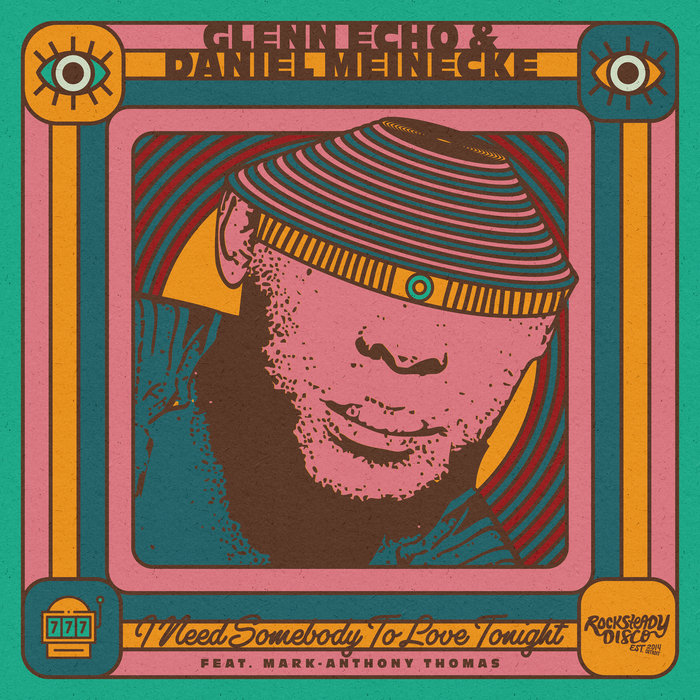
I Need Somebody To Love Tonight feat. Mark-Anthony Thomas – Glenn Echo & Daniel Meinecke
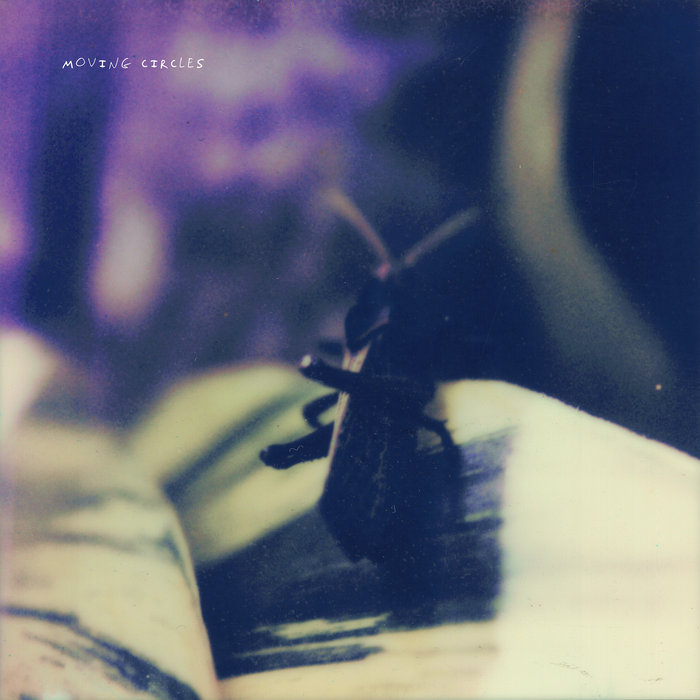
Moving Circles – Jack Barone & Robohands
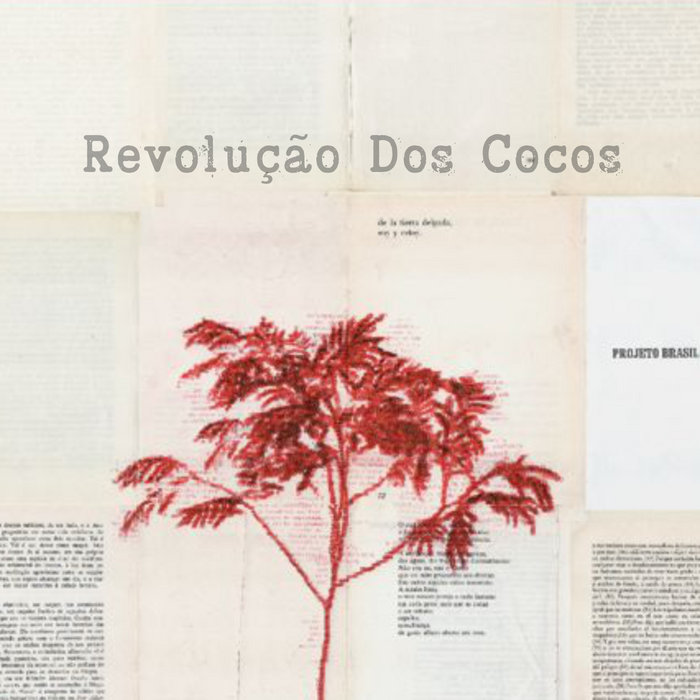
Revolução dos Cocos – Nomade Orquestra

Answers – FARR

From a Foreign Land – Kyriakos Sfetsas

Queendom of Sound Vocal Remix – Kinzoogianna
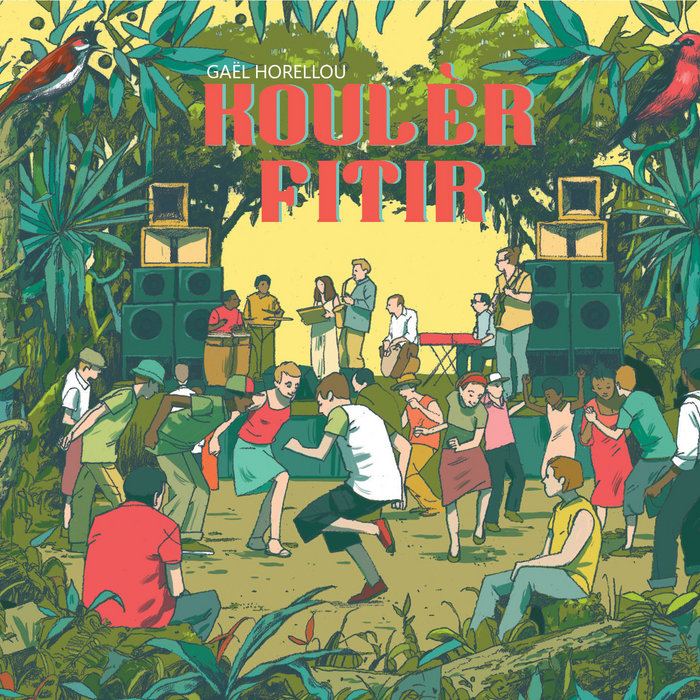
Payanké – Gaël Horellou